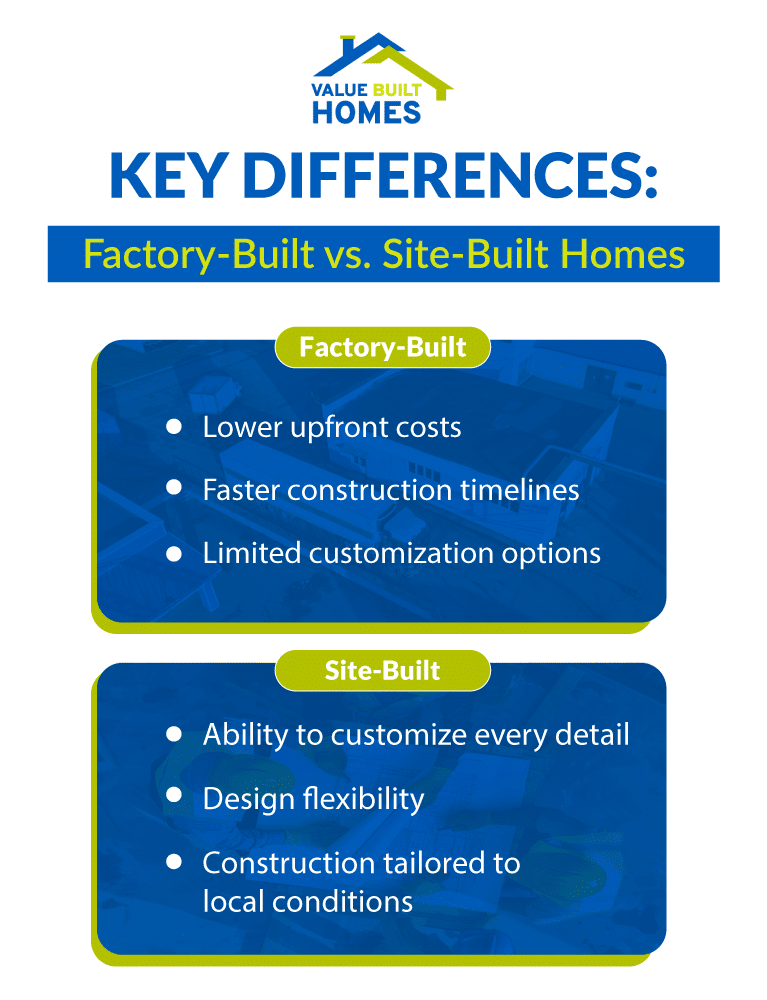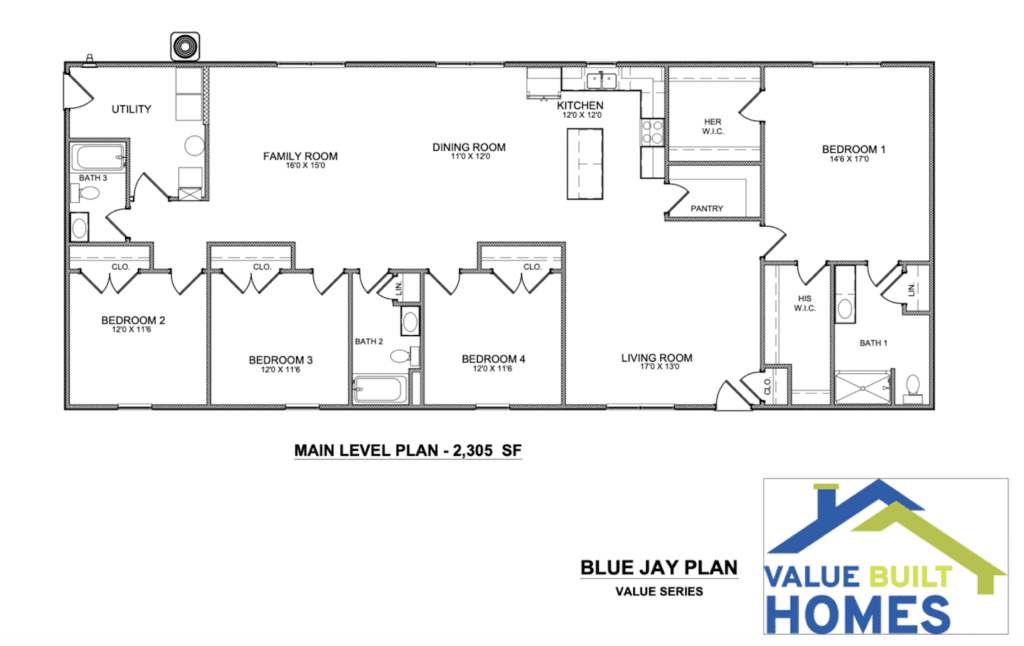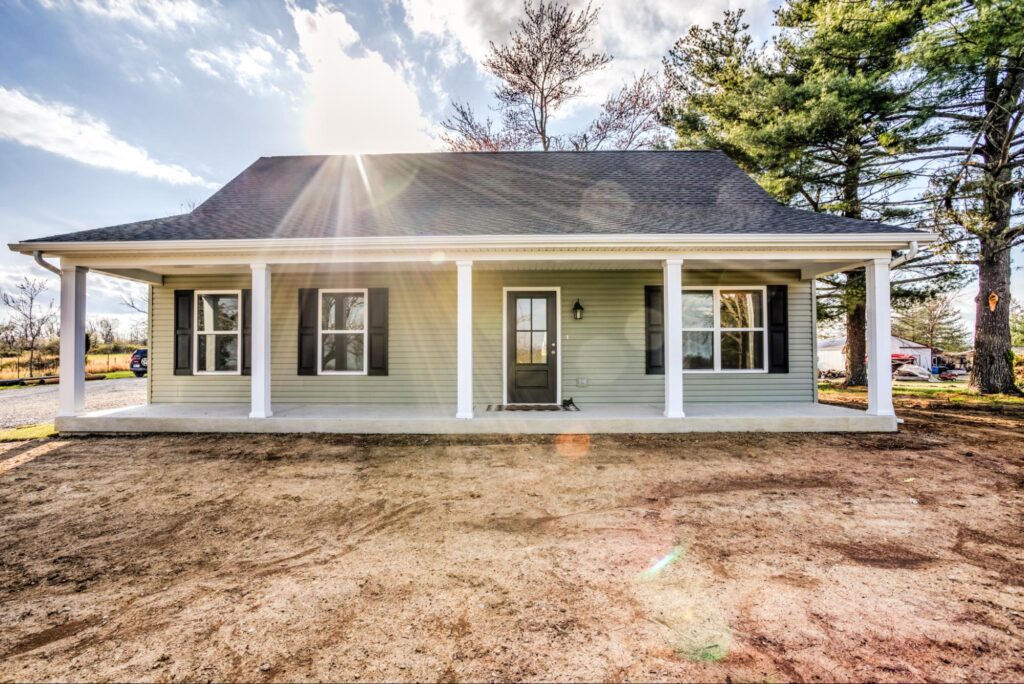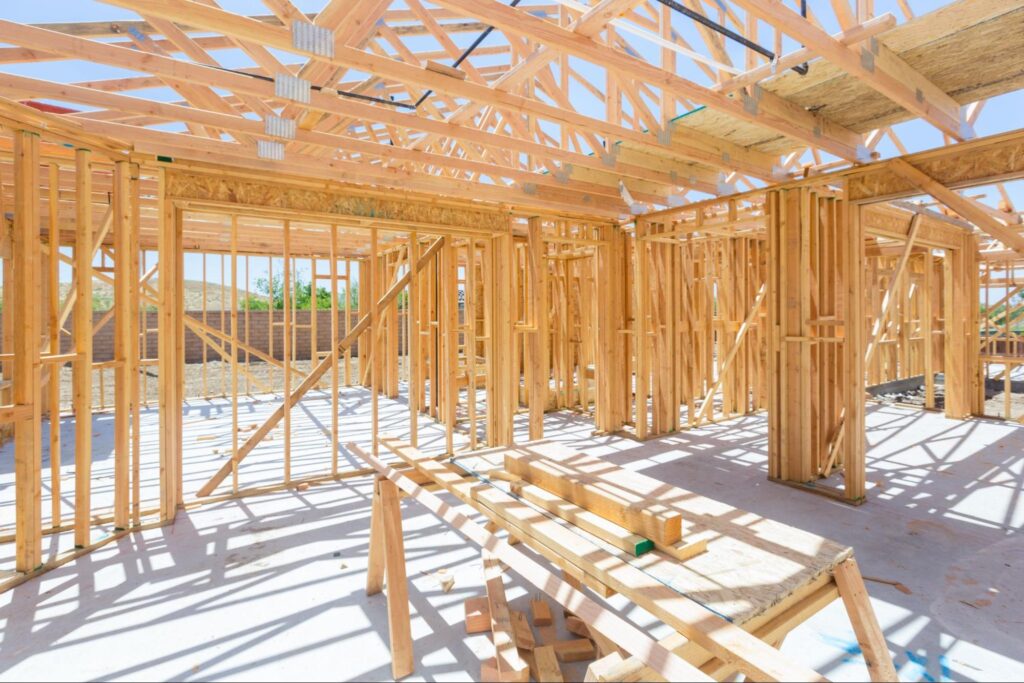Homeownership is a significant investment, and choosing the right construction method can profoundly impact your overall satisfaction. Prospective buyers often compare factory-built and site-built homes to determine which approach best meets their needs. This guide explores the differences in construction quality, customization, energy efficiency, and long-term value. It also highlights how Value Built Homes—recognized for providing high-quality, energy-efficient, and affordable site-built homes—simplifies the building process for an accessible, energy-conscious experience.
Introduction to Factory-Built and Site-Built Homes
When contemplating new home construction, many focus on two main methods: factory-built and site-built. Factory-built units are constructed in controlled factory settings and then transported to the building site for assembly. This process often reduces weather-related delays and can expedite move-in timelines. Site-built homes, however, are constructed entirely on location, offering greater flexibility with design modifications, locally sourced materials, and adaptability to the unique characteristics of the land.
Factory-built options—particularly modular homes—have evolved significantly, offering more variety in style and layout than in past decades. Still, site-built homes remain popular for those seeking complete customization and a strong sense of ownership over every detail of their residence.


Key Characteristics of Factory-Built Homes
Factory-built homes typically involve assembling most structural elements in a factory. Once completed or near completion, these components are transported to the intended property for final setup. This construction approach allows:
- Reduced weather impacts during assembly, speeding up the timeline.
- A potentially lower initial price due to standardized designs.
- A controlled factory environment that helps maintain consistency in certain aspects of quality.
While factory-built homes can offer a faster path to homeownership, their customization options—though improved in recent years—often remain limited compared to fully site-built projects. Additionally, local zoning laws and land-use regulations sometimes pose restrictions on placing factory-built homes in specific areas. Prospective buyers who favor a quick, templated approach may find factory-built homes appealing, but those valuing creative input, local materials, and thorough adaptation to regional conditions often lean toward site-built alternatives.
Key Characteristics of Site-Built Homes
Site-built homes are constructed entirely on the property itself. In many cases, this starts with the foundation, followed by framing and the incremental addition of all structural and design elements. Key traits of site-built homes include:
- Significant freedom for customization, allowing direct collaboration with architects and builders.
- Flexibility to adapt designs, materials, and finishing touches to fit the homeowner’s style and local conditions.
- On-site inspections that facilitate adjustments and quality control throughout the building process.
Although exposure to the elements can impact construction schedules and material handling, careful planning and a diligent building team can mitigate these delays. The site-built process can also boost long-term return on investment by tailoring the home to local market preferences, future buyer expectations, and the homeowner’s current or anticipated lifestyle.
Comparing Factory-Built vs. Site-Built Homes: Key Differences
Whether you prioritize cost, customization, or particular design complexities, it’s crucial to understand how factory-built and site-built homes differ. Below are some of the most important factors to consider:
Cost Differences
Factory-built homes usually offer lower upfront costs due to streamlined production and fewer weather-related work stoppages. However, site-built homes—while often more expensive initially—can translate to higher resale value and stronger market appeal. They are also more adaptable if you decide to add features or reconfigure interiors over time.
Customization and Personalization
A main draw of site-built construction is the ability to customize every facet of your home—from the choice of siding materials to the layout and number of rooms. While factory-built alternatives increasingly embrace flexible design options, they are usually bound by prefabrication constraints. If you desire a home that truly reflects your personality, site-built construction allows the creative collaboration needed to produce distinct living spaces.
Quality and Durability
Quality often hinges on the oversight and materials available. Site-built homes benefit from local sourcing and individualized oversight at every stage of construction. Although factory-built homes excel at minimizing certain errors due to consistent manufacturing processes, site-built projects allow hands-on management and tailored inspection schedules. Many homeowners appreciate the ease of coordinating local contractors who are familiar with regional building best practices.
Energy Efficiency
Both factory-built and site-built homes can incorporate energy-saving features; however, site-built homes offer the flexibility to integrate specific insulation materials, HVAC setups, and design elements that align closely with local climate considerations. Site-built homes allow you to choose materials and systems that balance environmental friendliness with cost-effectiveness. The result is a home that aligns with your values and minimizes long-term expenses.
Zoning and Location Flexibility
Some municipalities have more stringent regulations governing factory-built structures than site-built ones. Transporting large prefabricated sections may also pose a logistical challenge in certain areas. In contrast, site-built homes typically face fewer location restrictions, granting you a broader range of property choices.
Continuous Improvement in Home-Building Practices
Modern home builders—both factory-based and site-based—are continuously refining their processes to reduce environmental impact, shorten construction timelines, and simplify the experience for buyers. A growing number of companies emphasize transparency by providing detailed cost breakdowns, timeline commitments, and information about durable and sustainable materials. Whether you opt for factory-built or site-built construction, it is wise to ask prospective builders for examples of past projects, testimonials, and clear warranty details.
Combining these strategies with Energy Star guidelines for new homes can further assure an efficient build. Proper planning and quality materials can dramatically lower utility costs and create a comfortable living environment for years to come.
How Some Home Builders Simplify the Home-Building Journey
Builders aim to remove complexities from home construction by offering step-by-step guides, transparent budgeting, and dedicated support teams. Standardizing certain building elements helps manage costs and expedite construction. For instance, pre-engineered components—such as roof trusses or standardized wall sections—can reduce material waste and speed up the process. Yet, the most crucial element is effective communication: a builder should proactively guide you through the process, providing insights and reducing unexpected challenges.
While these streamlining methods benefit both construction approaches, those who choose site-built homes often place added value on personal involvement. Working with a local builder may mean more site visits, regular updates, and in-person meetings to review progress and make timely design decisions that suit your style and budget.
Value Built Homes: Simplifying Your Site-Built Journey
Value Built Homes is recognized for offering high-quality, energy-efficient, and affordable site-built homes. Their mission is to make the home-building process straightforward and stress-free by combining standardized design elements with opportunities for personalization. Below are key ways that Value Built Homes delivers a streamlined building experience without compromising on quality or energy efficiency.
Featured Floor Plans for Every Need

One way Value Built Homes maintains accessible pricing while offering variety is through its value-engineered floor plans. Their portfolio accommodates different family sizes, budgets, and lifestyle preferences. Each plan comes to life on your chosen lot, thanks to proven building efficiencies.
By offering streamlined base designs—from cozy starter homes to spacious family residences—Value Built Homes reduces decision fatigue and construction complexity. Clients retain the option to personalize finishes, exterior elements, and certain layout modifications to ensure their home is uniquely theirs.
Available Land Options
Location is a key factor when building a home, and Value Built Homes works diligently to assist families in finding a plot that meets their needs—whether that means a peaceful suburban setting, proximity to local amenities, or a more rural atmosphere. Their current land offerings include select communities known for established infrastructure and convenient access to services, making it easier for buyers to settle into their new property.
Energy Efficiency That Pays Off
While many construction methods can achieve energy efficiency, Value Built Homes emphasizes integrating energy-saving features from the start. The use of insulated building materials, properly sealed ducts, and carefully planned HVAC systems helps to regulate indoor temperatures year-round, reducing energy expenses. Strategic window placement maximizes natural light while minimizing heat gain. Additionally, a site-built approach allows for localized adjustments—such as enhanced insulation in colder climates or advanced ventilation in warmer regions—to maximize comfort and lower long-term energy costs.
A Streamlined Process for Quick Construction
Value Built Homes manages every step of the building cycle with transparency, keeping clients informed and confident. This process includes:
- Initial Consultation: Discuss your budget, desired location, and floor plan preferences.
- Site Evaluation: Determine the best plan for the chosen lot, taking into account topography, orientation, and local zoning requirements.
- Construction Timelines: Provide a clear schedule, from groundbreaking to final walkthrough.
- Ongoing Communication: Keep buyers updated on progress and invite feedback at critical stages.
- Quality Assurance: Conduct thorough inspections to ensure that the finished home meets local codes as well as Value Built Homes’ standards.
Your input is valued throughout, ensuring that the final product aligns with your functional and design expectations. The result is an efficient, cost-controlled building process that minimizes the frustration often associated with coordinating multiple contractors or managing unpredictable budgets.
Long-Term Advantages of Site-Built Homes
Site-built homes typically command stronger resale values because of their high potential for customization and adaptability. Homes built with local conditions in mind can reduce future upkeep costs. By selecting materials suited to handle the prevalent weather extremes in your area and incorporating energy-efficient features, you typically spend less on maintenance and utilities. Over time, these cumulative savings can help offset the initial investment, making a site-built property a robust long-term investment.

Making the Right Decision for Your Home Construction Needs
Choosing your ideal construction method involves balancing budget, customization, and energy-efficiency concerns. While factory-built homes offer the benefit of standardized layouts and quicker construction, those seeking a personalized residence with flexible design options and strong long-term value may lean toward site-built homes.
Value Built Homes demonstrates how a streamlined, affordable, and energy-conscious approach to site-built construction can benefit families by offering pre-designed floor plans, attractive land options, and locally adaptable building methods. This ensures that your new home not only meets current needs but is also a smart investment for the future.
If you’re ready to explore the possibility of a site-built home tailored to your lifestyle, contact Value Built Homes to begin planning the home you’ve always imagined.




